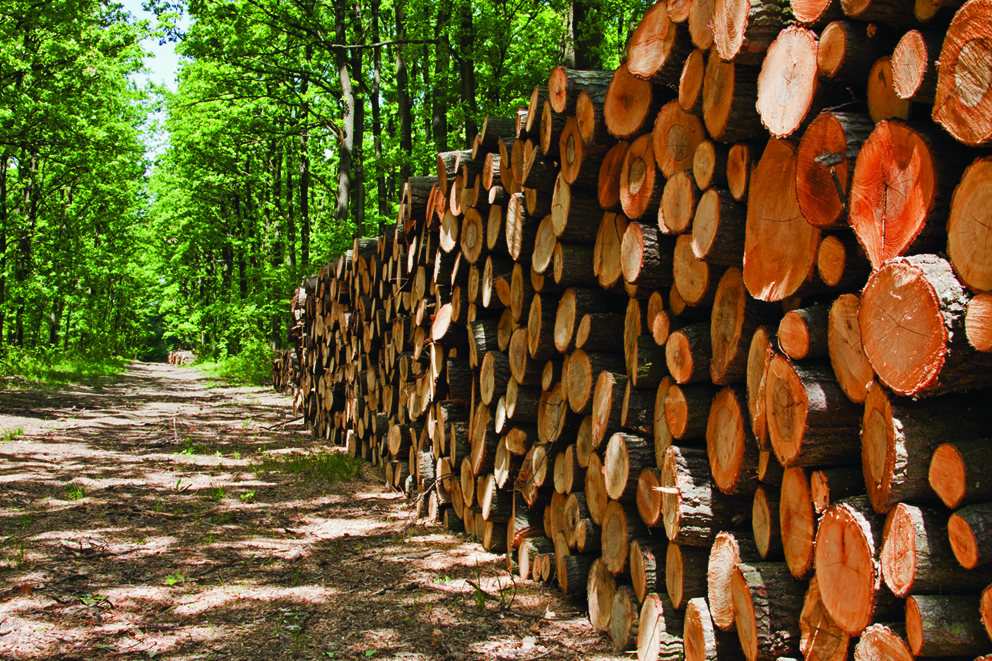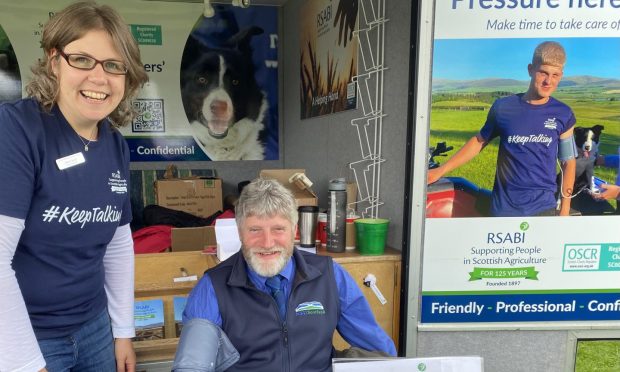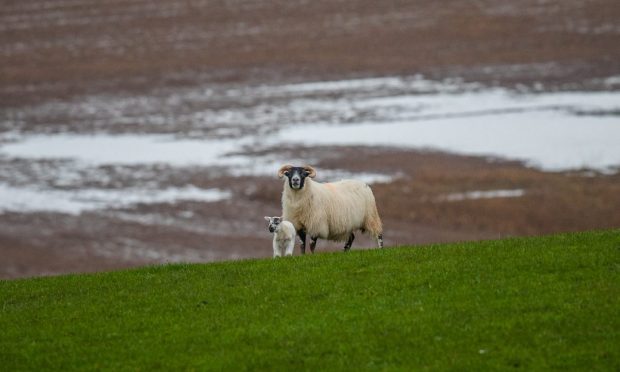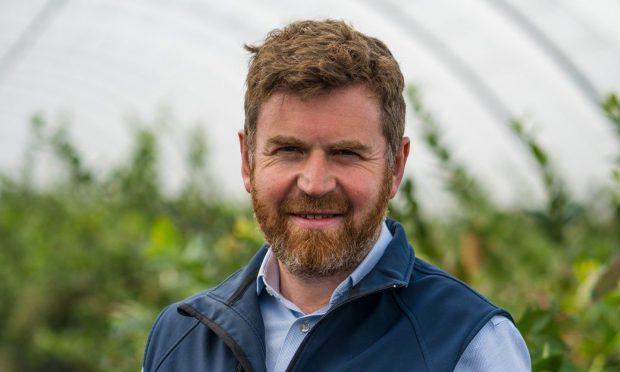Joined-up policies and evenly staged financial support are needed to create more commercial forestry and shelter woodlands on Scottish farms, according to one of the authors of a new industry report.
Fenning Welstead, a partner with forestry agents John Clegg & Co, makes the case for more farmer involvement in forestry in order to maintain an industry that is worth over £1 billion a year to Scotland’s economy.
But he says that current rural support policies miss the mark and keep the forestry and farming industries apart rather than integrated.
“Farmers don’t find forestry a land use that fits well with their familiar annual cycle of harvesting of crops of lambs or wheat,” he said.
“We need a support system that bridges the divide and results in a more mixed land use that can benefit flood prevention as well as timber production and keeping people in the countryside. We need to address that.
“The big thing that would make a difference would be something that bridged the income gap. There are good grants at the beginning [of the cycle] but from 5-18 years there is no income from the growing forest crop.”
In the report produced by John Clegg & Co and Tilhill Forestry and launched in Edinburgh yesterday, investment experts say there is a shortage of good quality commercial forests in Scotland.
Jason Sinden of Tilhill Forestry said: “With strong Government support for planting in England and Wales, but particularly in Scotland, there is a ‘once in a lifetime opportunity’ to create a productive resource for future generations.”
The publication, The UK Forest Market Report 2016, comes just weeks after the Scottish industry received a £ 6.5million funding boost from the Scottish Government. Almost £80 million of forest properties were sold in the UK in the last 12 months, with 67% of recorded sales taking place in Scotland, a significant drop from 2015’s record sales of £150million.
This year’s sales figures include the largest and most remote single forestry block traded in recent years, the Barracks forestry complex at Rannoch Moor, which has a gross area of 4477ha.
The report quotes average prices in Scotland improving for smaller forests, but dropping for larger properties.
nnicolson@thecourier.co.uk









